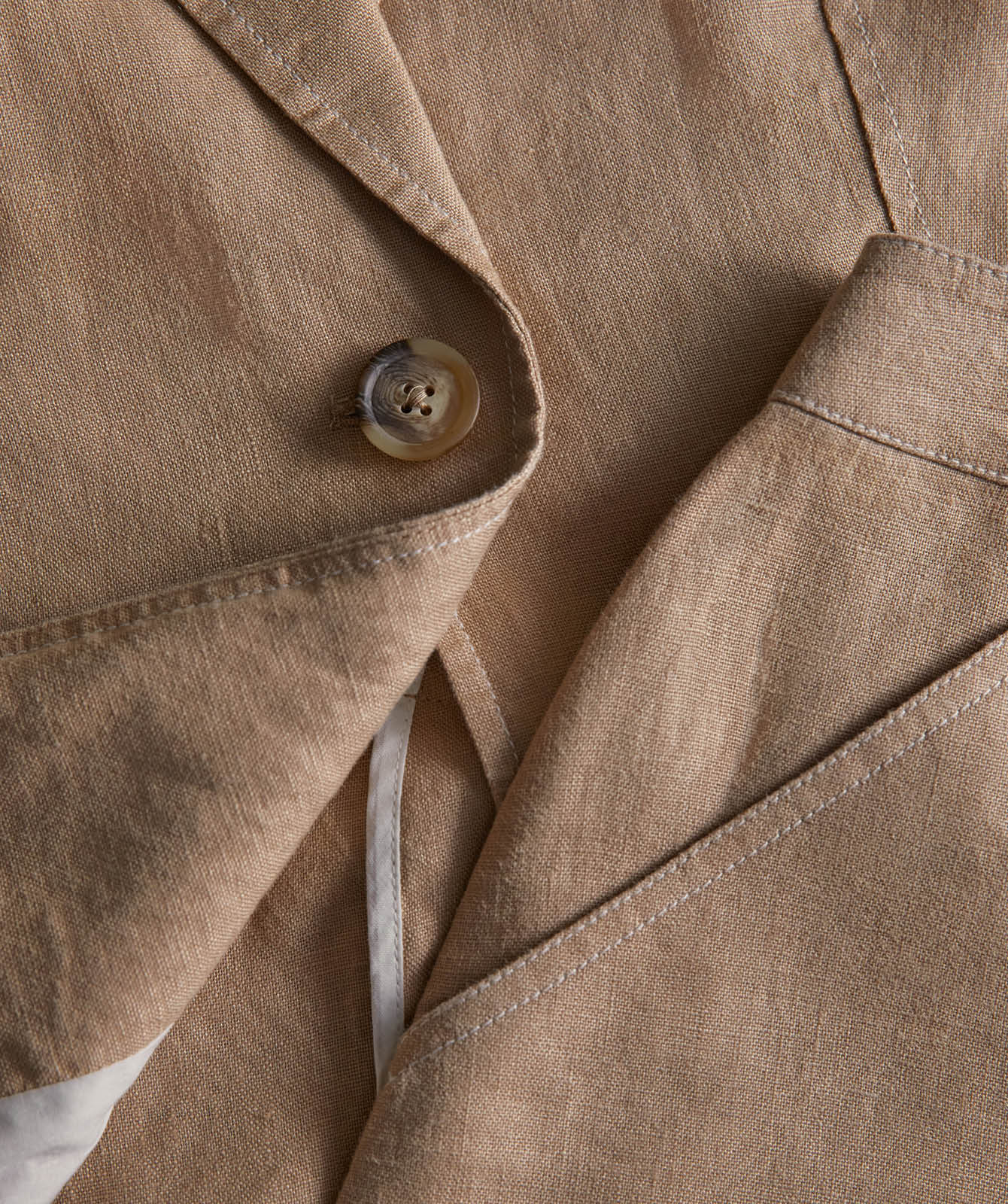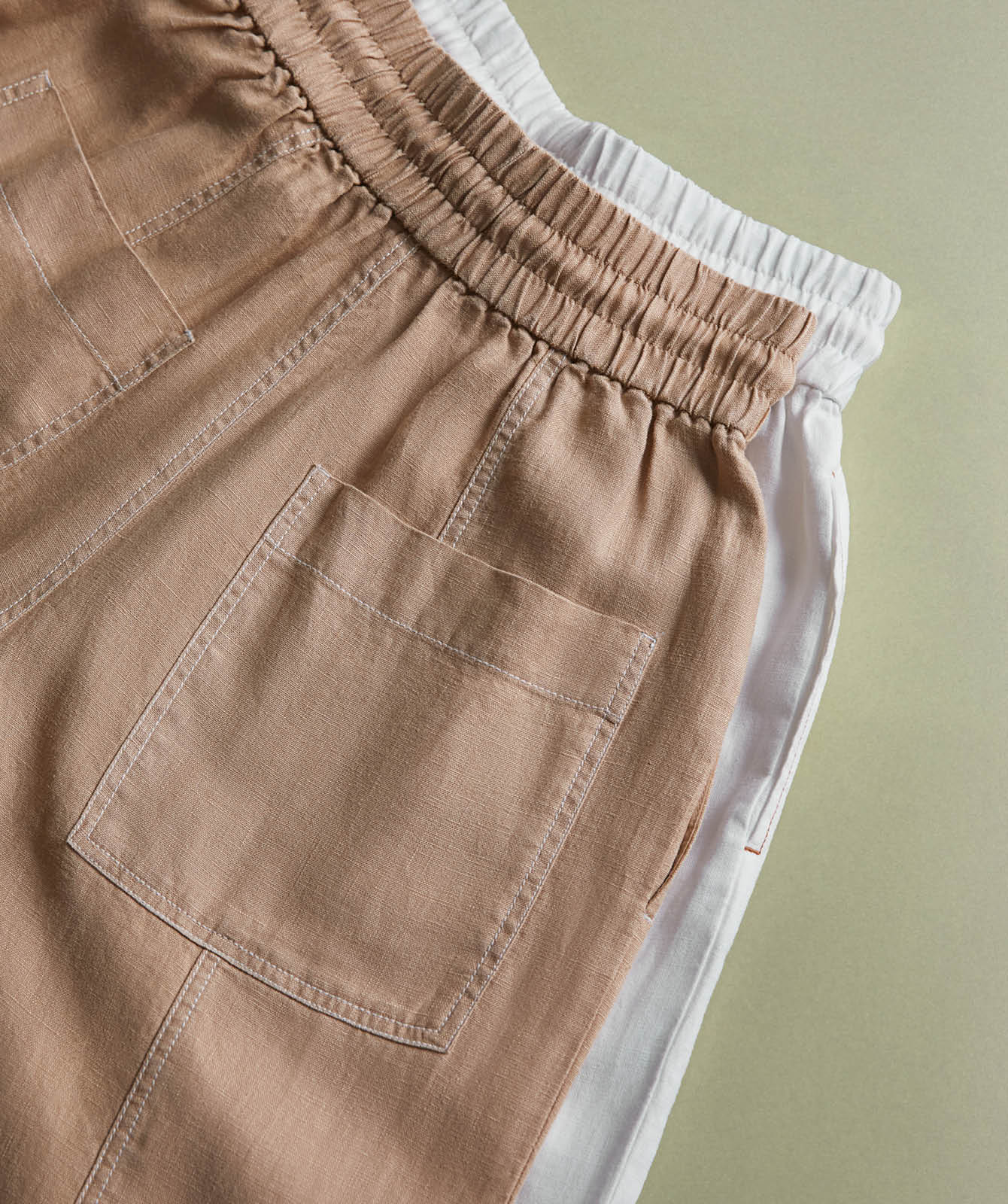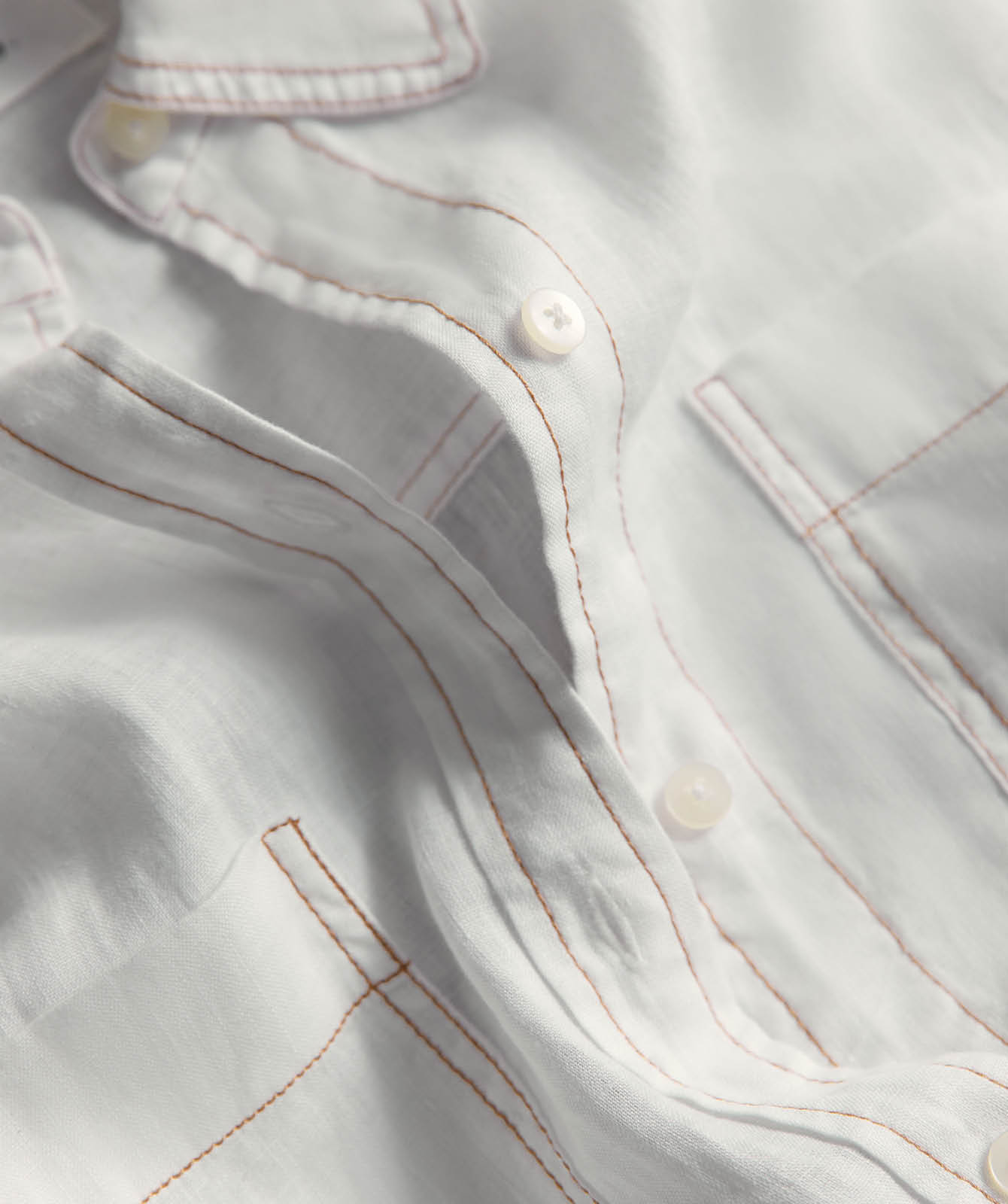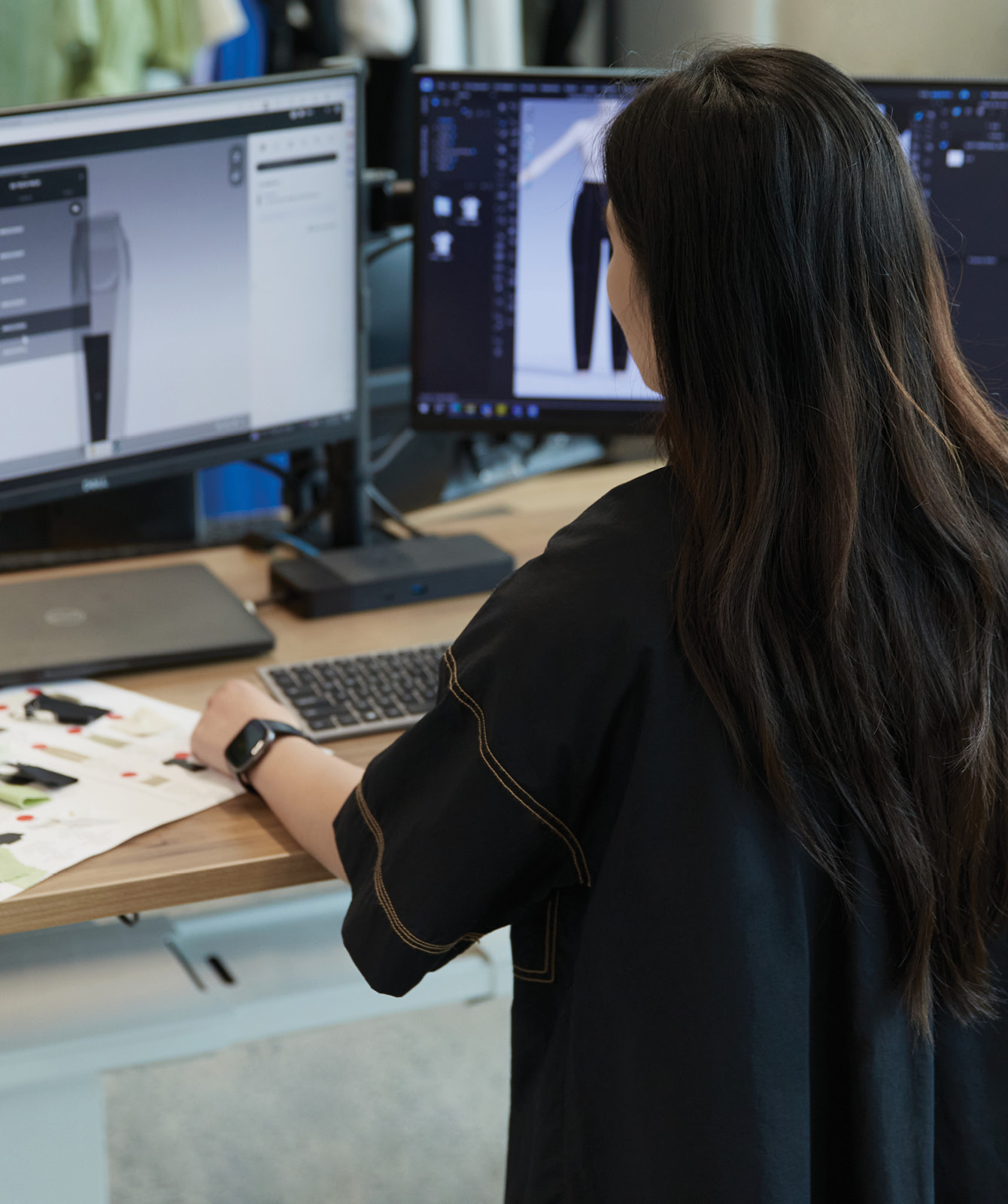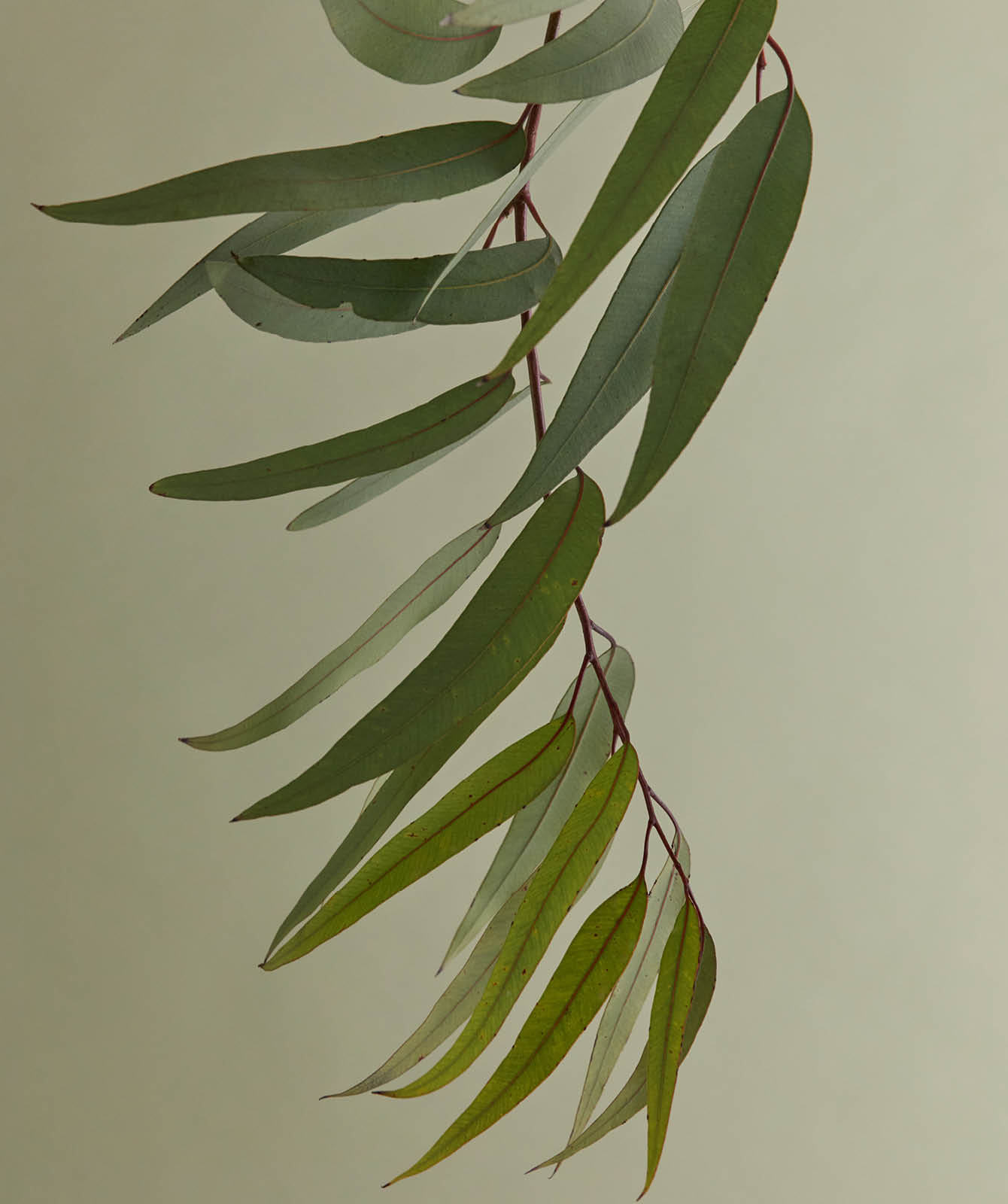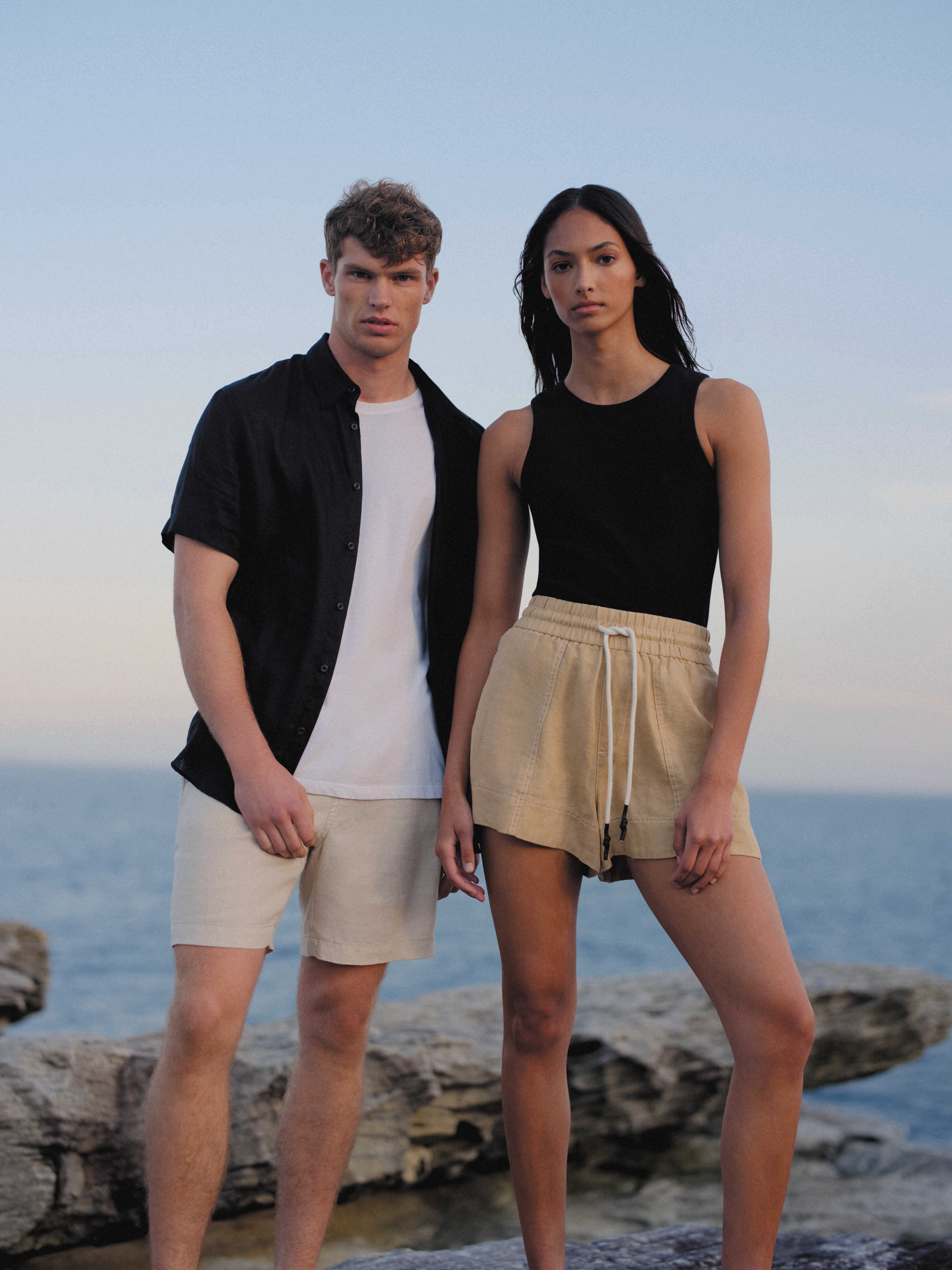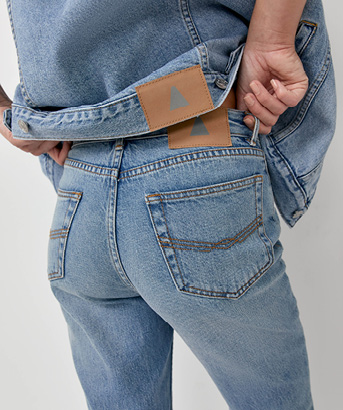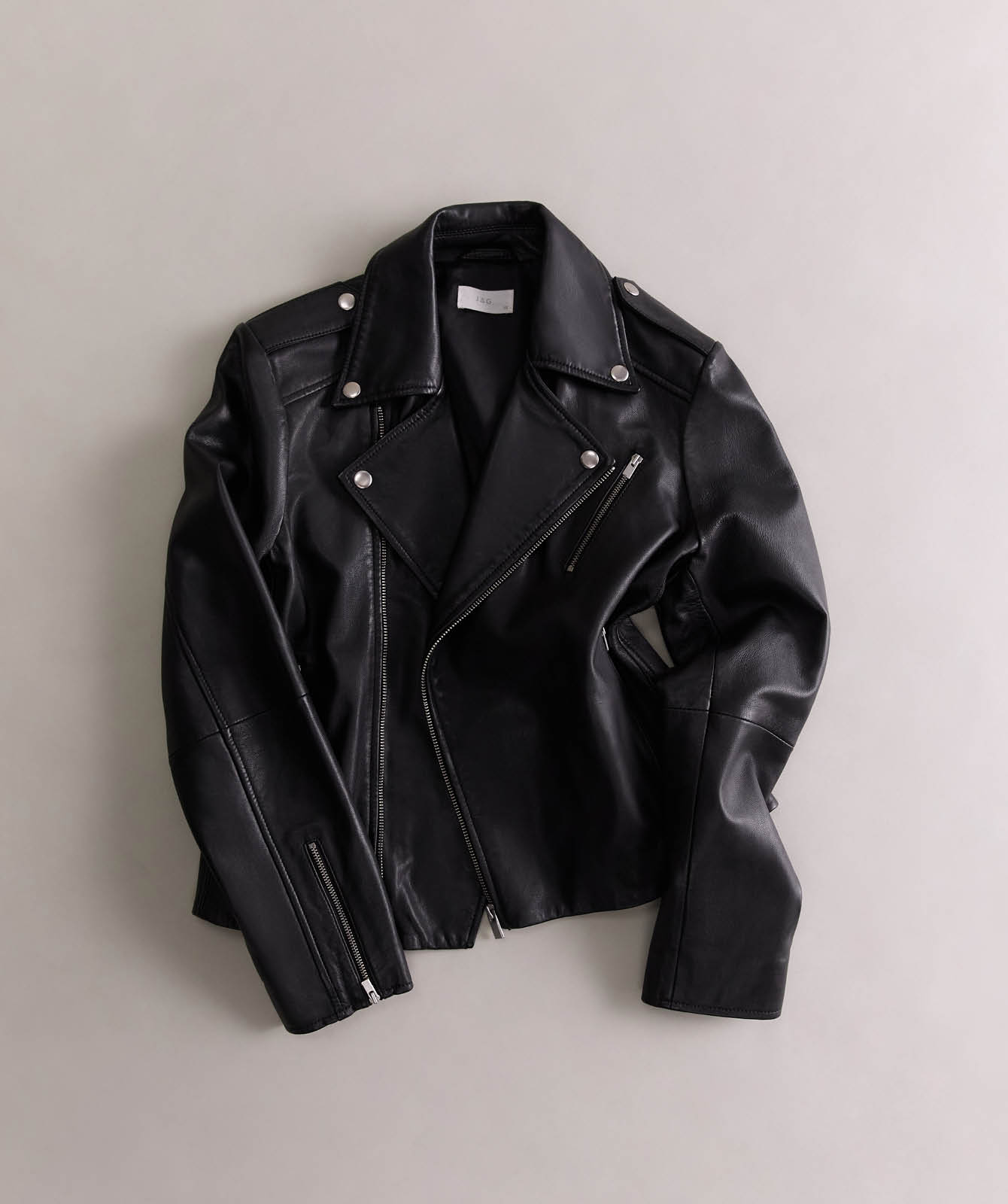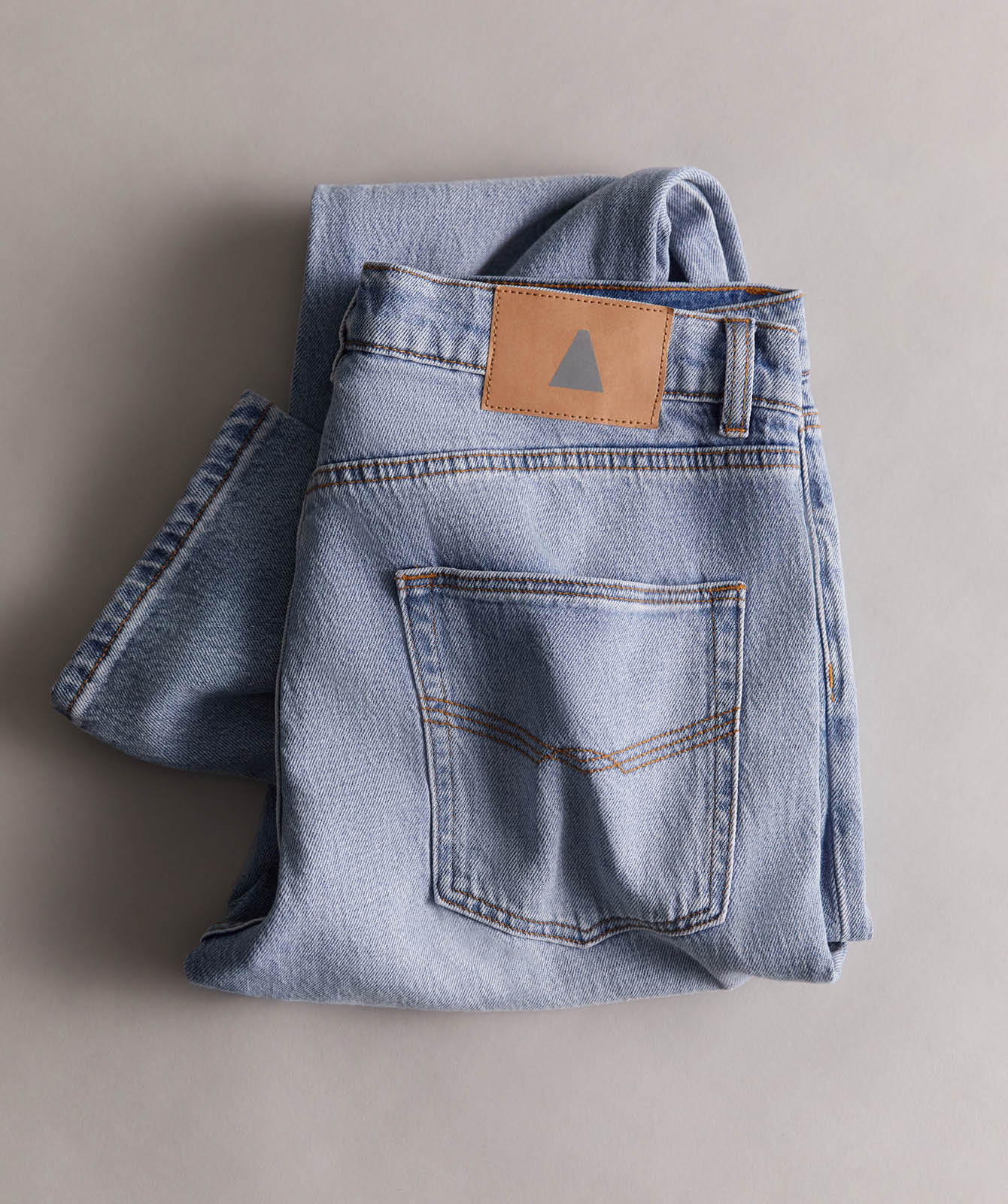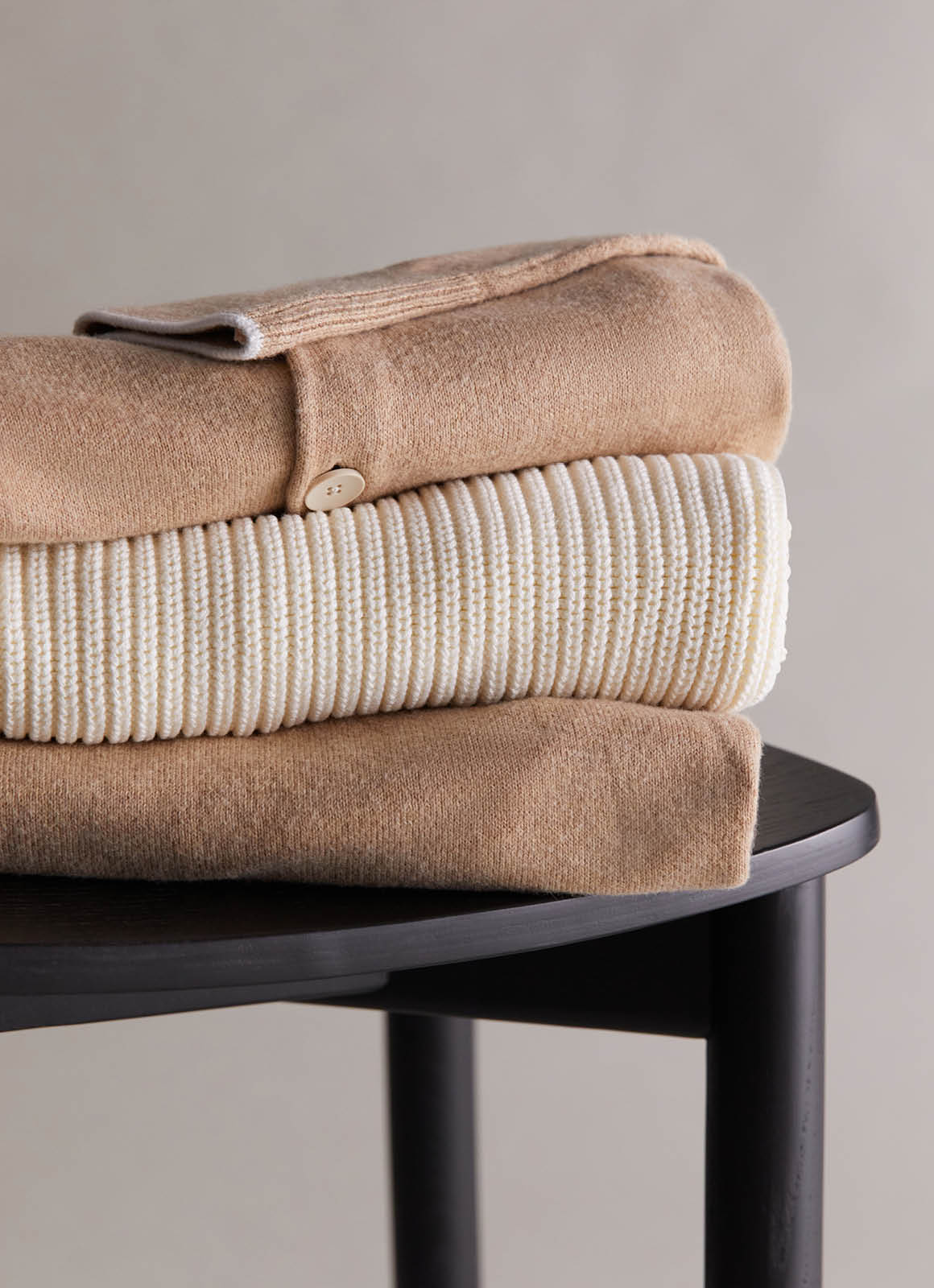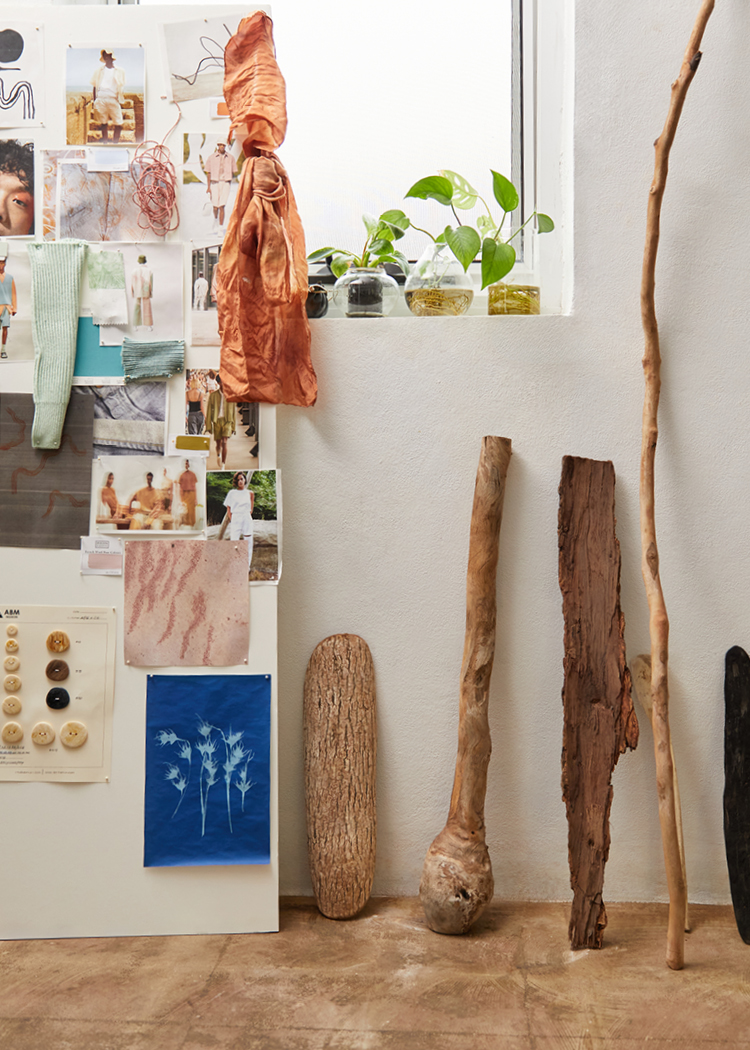FIBRE 101: LINEN
1 Aug 2023
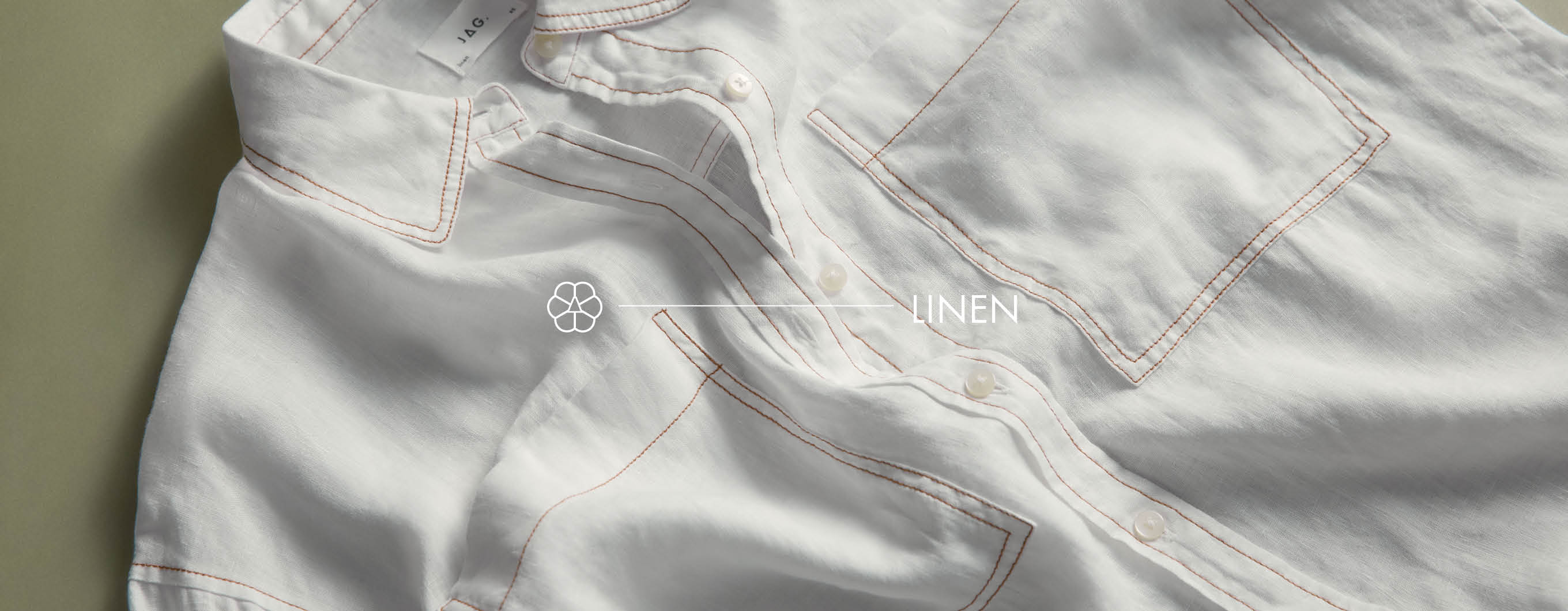
FIBRE 101: BEHIND THE CONSCIOUS DECISION
You might have noticed that we’re a little obsessed with linen. It’s one of the oldest cultivated fibres in human history, with most of the world’s linen being grown on the coastal band of Western Europe stretching from Northern France through to Belgium and the Netherlands. Linen fibres are thicker and longer than cotton, which gives it the strength and longevity that JAG products are known for. We value knowing where our linen comes from and the conditions under which it’s grown, so we are working to incorporate more responsibly grown linen which is majority rain-fed and cultivated without heavy use of fertiliser and pesticides.
RESPONSIBLE MATERIALS 101: EUROPEAN LINEN
Nothing says Euro summer like luxe linen dresses and oversized shirts. With linen being a core fibre in JAG’s material mix due to its strong environmental properties, what better region to source our raw fibres from than northern France, Belgium and the Netherlands, among others. This tough natural fibre is derived from the resilient flax plant, which requires significantly fewer resources to cultivate compared to some other fibre crops such as conventional cotton. It also grows with minimal need for pesticides and fertilisers, which helps with keeping soils healthy and waterways clean.
THE LINEN CARE GUIDE: HOW TO MAKE YOUR LINENS LAST FOR YEARS
At JAG, we’re all about investing in good quality, timeless pieces. Proper care ensures that your linen garments retain their beauty and durability for years to come. Here are a few tips to help you maintain your linen pieces, and remember to always check the care label first:
Machine wash on a delicate or hand wash cycle using a gentle detergent. Use cold water to prevent shrinkage and colour fading.
Most linens can be tumble-dried on warm. Remove your linen pieces from the dryer while they are still slightly damp to prevent excessive wrinkling. Alternatively, air-drying your linen garments is a lower-impact option.
Linen is known for its charming, natural wrinkles that add character to the fabric. Embrace this feature, or if desired, lightly iron your linen garments on the medium to high heat setting while they are still slightly damp.
Hang your linen pieces or store them folded in a cool, dry place to maintain their shape.

